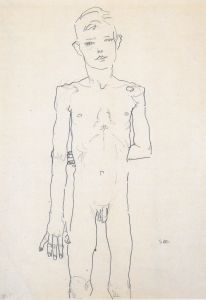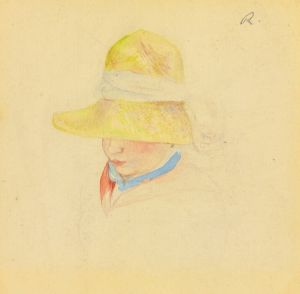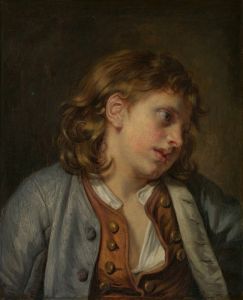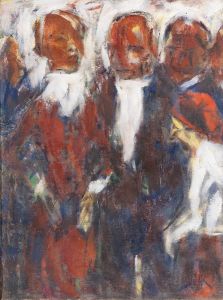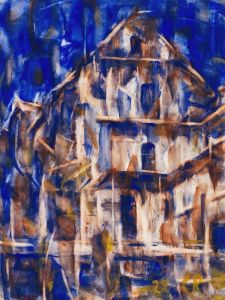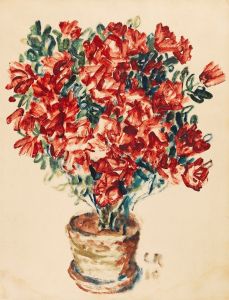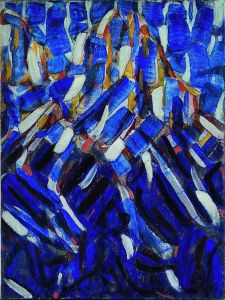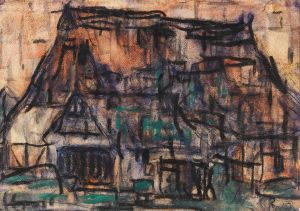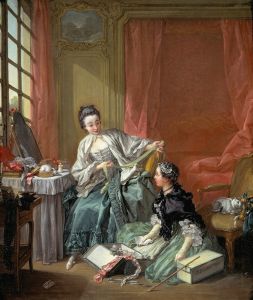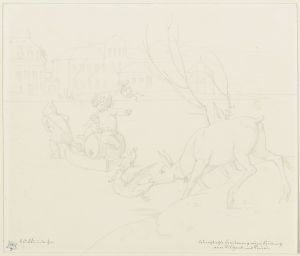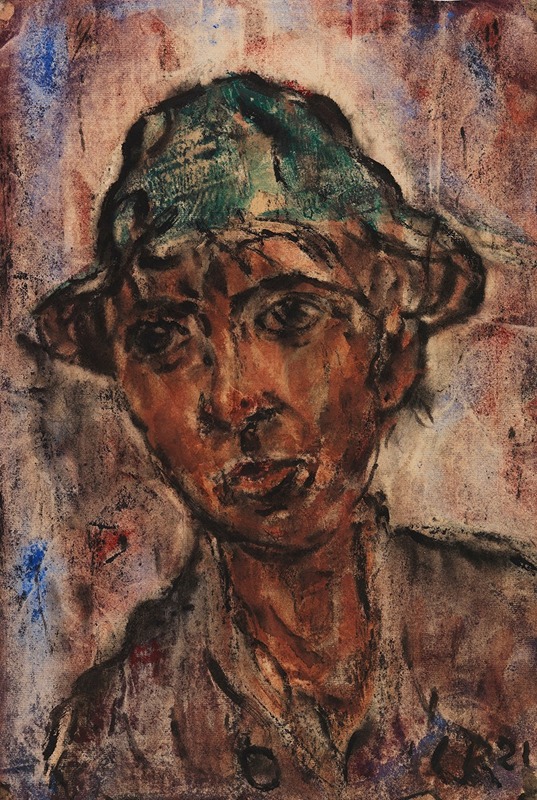
Bursche mit Hut
A hand-painted replica of Christian Rohlfs’s masterpiece Bursche mit Hut, meticulously crafted by professional artists to capture the true essence of the original. Each piece is created with museum-quality canvas and rare mineral pigments, carefully painted by experienced artists with delicate brushstrokes and rich, layered colors to perfectly recreate the texture of the original artwork. Unlike machine-printed reproductions, this hand-painted version brings the painting to life, infused with the artist’s emotions and skill in every stroke. Whether for personal collection or home decoration, it instantly elevates the artistic atmosphere of any space.
Christian Rohlfs (1849–1938) was a prominent German painter associated with Expressionism. His work often explored themes of emotion and spirituality, employing bold colors and dynamic forms. One of his notable works is Bursche mit Hut (translated as Young Man with Hat), which exemplifies his mature style.
Bursche mit Hut is a portrait that reflects Rohlfs' interest in capturing human expression and individuality. The painting features a young man wearing a hat, rendered with a focus on texture, color contrasts, and expressive brushwork. Rohlfs' technique in this piece demonstrates his transition from earlier naturalistic styles to a more modern, expressive approach influenced by movements such as Impressionism and Post-Impressionism. The use of light and shadow, combined with the vibrant palette, gives the portrait a sense of immediacy and emotional depth.
Rohlfs created this work during a period when he was increasingly experimenting with abstraction and symbolism. His art was shaped by his exposure to avant-garde movements and his personal experiences, including his late start as a professional artist due to health challenges in his youth. Despite these obstacles, Rohlfs became a significant figure in German modern art, contributing to the development of Expressionism.
The exact date of Bursche mit Hut is not definitively documented, but it is believed to have been painted during the early 20th century, a time when Rohlfs was actively producing works that bridged traditional portraiture and modernist aesthetics. The painting is notable for its psychological intensity, a hallmark of Rohlfs' portraits, which often sought to convey the inner life of his subjects.
Christian Rohlfs' career was marked by both recognition and adversity. He was celebrated during his lifetime and became a member of the Prussian Academy of Arts. However, with the rise of the Nazi regime, his work was condemned as "degenerate art," and many of his paintings were removed from museums. Despite this, Rohlfs' legacy endures, and his works are now appreciated for their innovative contributions to modern art.
Bursche mit Hut is housed in a private collection or museum, but specific details about its current location are not widely available. The painting continues to be studied and admired as an example of Rohlfs' ability to merge traditional portraiture with the expressive power of modern art.







